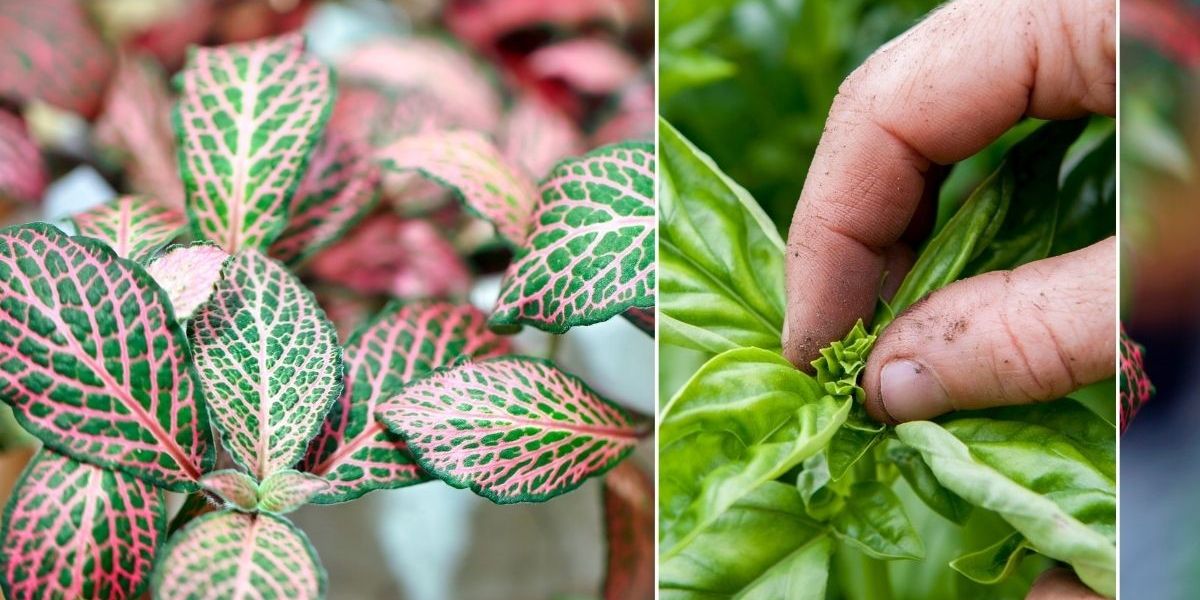The Art of Pruning and Pinching: Essential Techniques for Thriving Houseplants
Gardening is a rewarding hobby that allows individuals to connect with nature and cultivate beauty in their homes. Among the myriad of techniques available to plant enthusiasts, pruning and pinching stand out as essential practices for maintaining healthy and vibrant plants. These methods are particularly beneficial for popular houseplants like polka dot plants (Hypoestes phyllostachya) and nerve plants (Fittonia albivenis). By mastering these techniques, gardeners can promote bushier growth, resulting in fuller and more attractive specimens.
Understanding Pruning and Pinching
Pruning involves cutting back parts of a plant to encourage new growth, improve its shape, and remove any dead or diseased branches. On the other hand, pinching—often referred to as topping—entails removing the tips of stems to stimulate branching. Both techniques are vital for enhancing the overall health and appearance of houseplants, yet many gardeners may feel hesitant to cut back their beloved greenery. However, with a little knowledge and practice, the benefits of these methods can lead to remarkable improvements.
The Importance of Timing and Tools
To ensure effective pruning, it is crucial to follow a few guidelines. According to experts from the Plant app Monstera, using a clean, sharp tool is essential to prevent the spread of disease and facilitate healing. Additionally, timing plays a significant role in the success of pruning. Most plants benefit from pruning in the spring, but some may require attention in autumn or after flowering. Understanding the specific needs of your plants will help you determine the best time to prune.
The Power of Pinching
Pinching is a simple yet effective technique that can yield impressive results. By pinching the end of a stem, gardeners can encourage the plant to produce lateral branches, resulting in a bushier appearance. This method is particularly effective for polka dot and nerve plants, as well as a variety of herbs and flowering plants. Houseplant enthusiast Melinda Myers suggests making your cut just above a set of leaves, allowing the plant to maintain an attractive appearance while waiting for new growth.
Plants That Thrive with Pruning and Pinching
While polka dot and nerve plants respond exceptionally well to these techniques, many other plants also benefit from pruning and pinching. Herbs such as basil, tarragon, thyme, sage, and scented geraniums thrive when pinched back. For oregano and thyme, cutting back to about half their length yields the best results. Even flowers in their early stages can benefit from pinching, as it encourages more blooms.
A Proven Technique for Flowering Plants
Earlier this year, gardening enthusiast Galena Berkompas shared a valuable tip on her Instagram page, @microflowerfarm. She encouraged fellow plant owners to pinch their younger plants to promote more flowering. By removing the growing point when flowers have five to seven pairs of true leaves, gardeners can trigger the plant to send out more lateral stems, resulting in an abundance of blooms. This simple yet effective hack demonstrates the power of pinching in enhancing the beauty of flowering plants.
Conclusion
Pruning and pinching are indispensable techniques for any gardener looking to cultivate healthy and vibrant houseplants. By understanding the importance of timing, using the right tools, and applying these methods to various plants, gardeners can achieve remarkable results. Whether you’re nurturing polka dot plants, nerve plants, or a variety of herbs and flowers, mastering the art of pruning and pinching will lead to bushier, more attractive specimens that bring joy and beauty to your home. So, don’t hesitate—grab your shears and start transforming your plants today!
